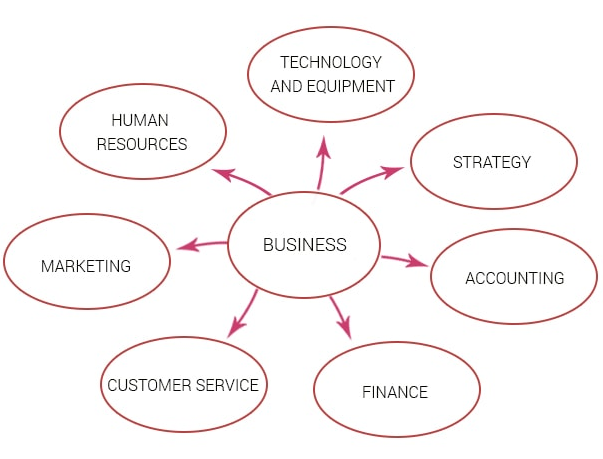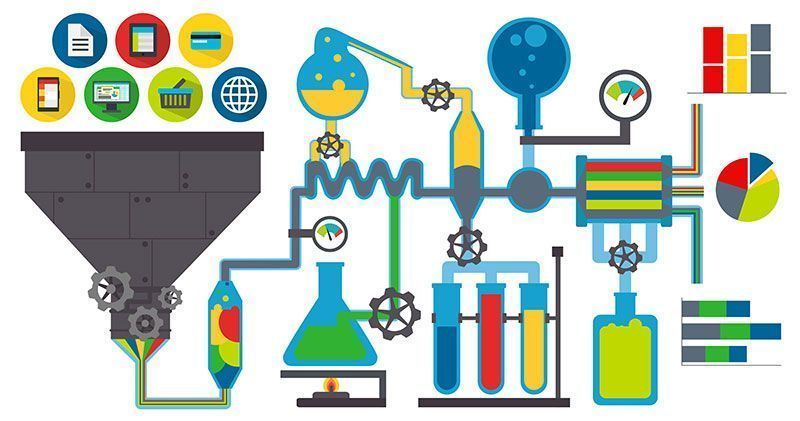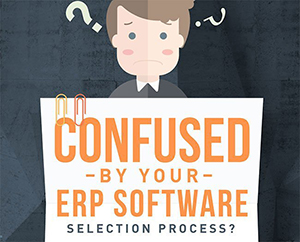New ways of interrogating data: SAP Business One Dimensions
A recent article from Forbes argues that intuition is the highest form of intelligence.
But is intuition always trustworthy?
Arguably, discipline and research lead to more trustworthy intuitions. This is true for individuals as well as for businesses.
And so, how do businesses bring reliable intuitions into their operations to drive growth?
In today’s business, data is everywhere. Your Customers, Suppliers, Operations, Finance and more.
Today we are going to explore new ways of interrogating your business’ data to fuel smart, reliable intuitions, drive efficiencies and enable growth.
SAP Business One Dimensions and the intuitive business
To drive strategy and growth a business needs insight into the historical and current activity that influence forward-looking decision making.
In a typical day, a business is accumulating data from a multitude of areas as a result of operational activities as it strives for competitiveness and growth.
Across departments and locations, purchasing to sales, warehousing to payroll, orders to invoices data is being captured which represents the position and performance of an organisation.
For a business to establish informed decision-making outcomes, data is key. In fact, data plays a crucial part in how strategies and campaigns are formed.
As outcomes are generally required to be made in a timely and accurate manner, decision-makers need to be able to interrogate their business’ data to find trends and patterns in an iterative and reliable manner. This can be a challenging task if your business hasn’t the right structure and measures in place for capturing and organising data. In other words, if the data isn’t organised consistently with key attributes for analytical purposes, insights are not readily available for your intuition to prosper.
The starting point of understanding a business’s activity is assessing the captured data that the operational systems have processed. The captured data will contain valuable information that will uncover unique insights into the business.
The data will house typical attributes such as the customer or supplier, the product or service, dates and the processing agent of either an employee or interface. These attributes allow individuals to start assessing things like top customers or products by total units or aggregate turnover by MTD, YTD and LTD.
What the SAP Business One Dimensions feature means to your Business

Dimensions is one of the hidden gems of SAP Business One that we are particularly passionate about. Why? Read on…
The SAP Business One Dimensions feature, which is located in the Financial modules, can be configured to append key attributes to transactional data which can drive analytical activities. When areas of the business are being scrutinised such as sales, inventory or a particular branch or location, Dimension values can be incorporated into reports to provide various perceptive to the data and highlight trends and patterns.
Data that is prepared and fit for purpose will make information more readily available to be consumed and drive decision-making processes. Utilising the SAP Business One Dimensions feature will ultimately enrich your business’s data. This will enhance the capabilities of the native SAP Business One reporting suite and tools to provide the insights you need to drive growth.
Want to know what is the best setup for Dimensions? Consider these things first.
Things to consider before rolling out the SAP Business One Dimensions
- What are the inherent hierarchies within our organisation that aren’t represented in SAP Business One?
- What dimension attributes are system calculated, user-defined or mandatory?
- How will dimensions complement other data attributes such as Business Partner Groups, Properties and Projects?
Key Features in SAP Business One Dimensions:
- Up to 5 configurable dimensions can be activated with unlimited options under each
- Can be incorporated with distribution rules for one to many allocations
- Dimension Budgets are available in conjunction with Financial Budgets
- Available for key workflows including Sales, Purchasing, Inventory, Production, Fixed Assets and Financial scenarios
- Standard and custom business rules can be configured for dimension determination
Conclusion
The SAP Business One dimensions features can be used to append attributes to transactional data and drive analytical activities.
For a business to establish informed decision-making outcomes, data is key. Dimensions help you make sense of your business’ data in order to extract insights that can be turned into actionable outcomes.
Ultimately, SAP Business One Dimensions can bring reliable intuitions into your business’ operations to drive efficiencies and growth.
Have we missed something? Let us know in the comments below!











Leave A Comment